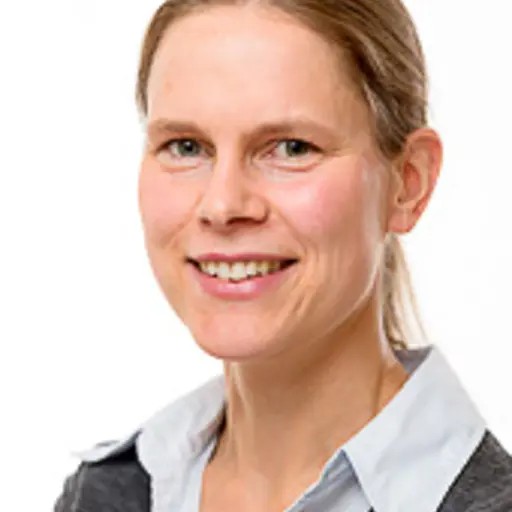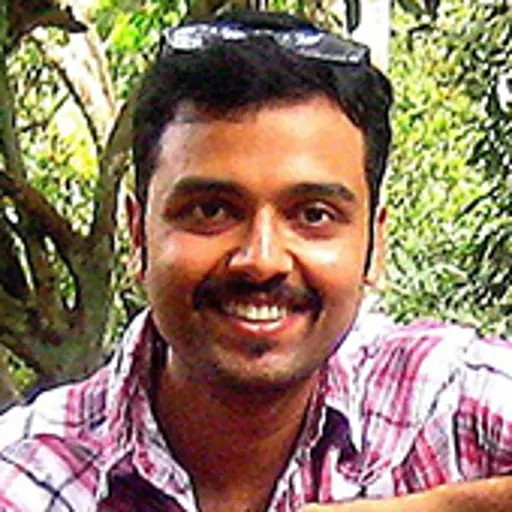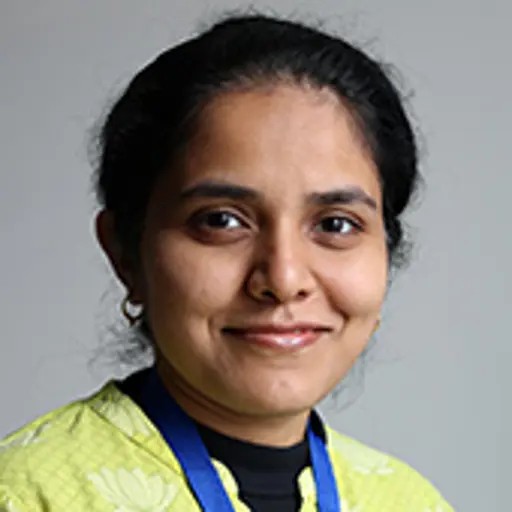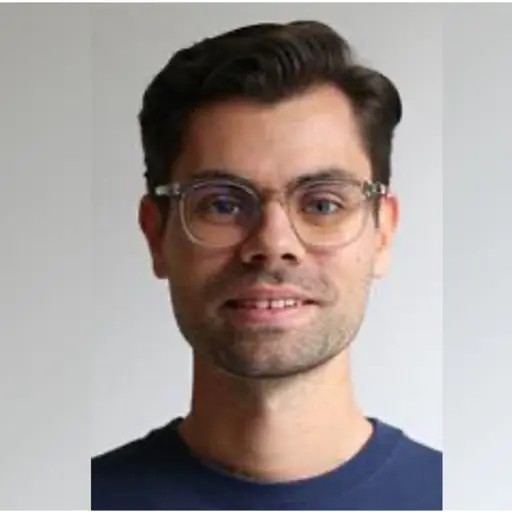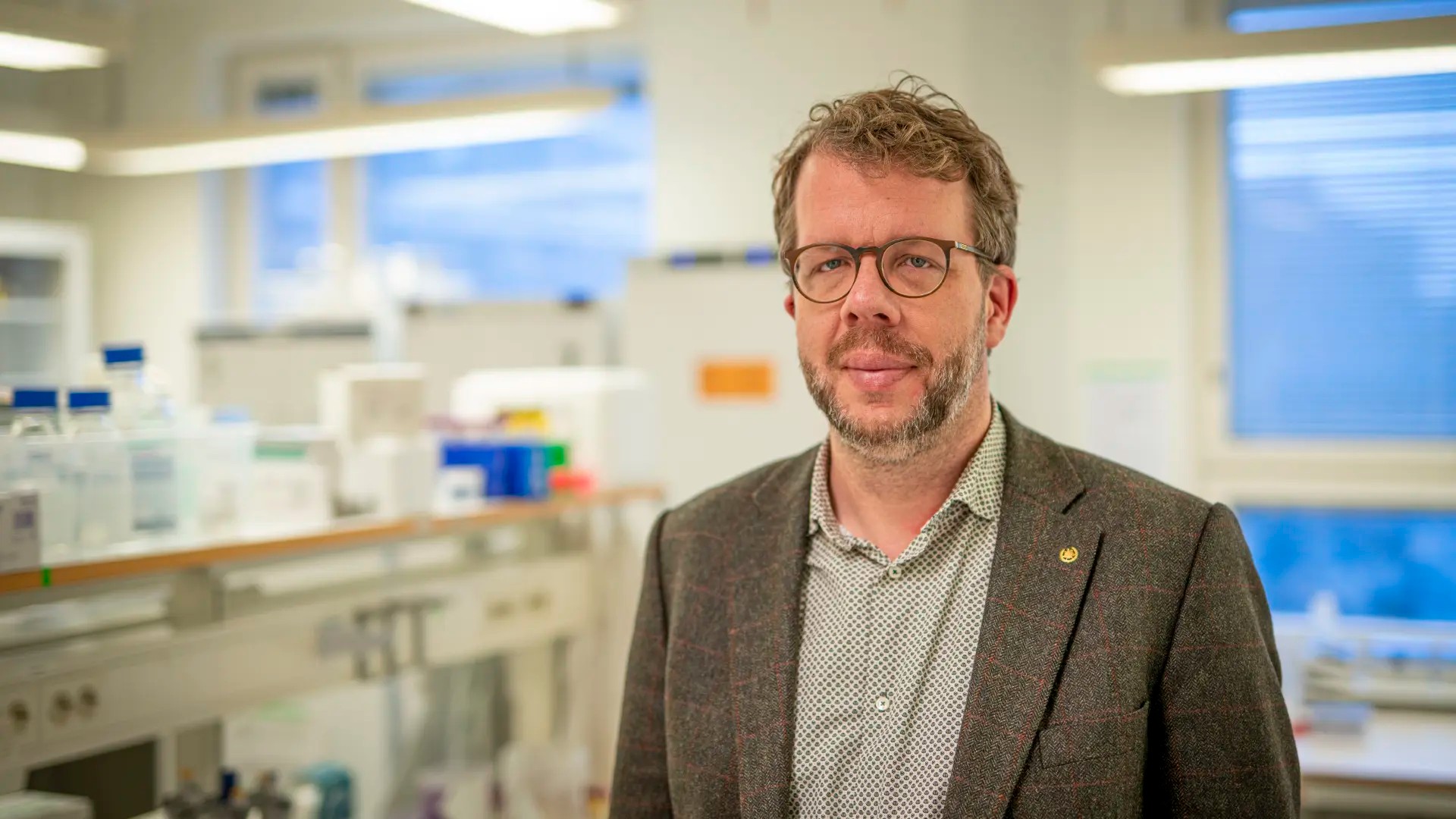
In Fredrik Westerlund’s group, we develop and use methods for analysing single DNA molecules, with a strong focus on modern nanotechnology. Single molecule techniques have revolutionized biophysics, and potential applications in diagnostics and medicine are becoming more and more realistic.
The DNA activities of the Westerlund group can be divided into four main research areas:
Optical DNA mapping
We use and continue to develop an optical DNA mapping assay developed in our lab. We form a fluorescent “barcode” along DNA that reflects the underlying sequence. The assay allows for fast characterization of large pieces of DNA. We have used the method on DNA from bacteria, yeast and humans. Current focus is on bacterial diagnostics and on large scale structural variations in the human genome.
DNA-protein interactions
We use nanochannels to study DNA-protein interactions. Current focus is devoted to DNA-protein systems that are difficult to characterize with traditional single molecule techniques that are hampered by for example, the attachment of the DNA ends to beads or surfaces. An important research question that we are interested in is how double-stranded breaks in DNA are repaired.
DNA damage
We use imaging of single DNA molecules to detect DNA damage. The goal is to develop a clinical test that can find patients that are sensitive to certain chemotherapeutic drugs and identify the underlying cause of the sensitivity. This would in turn make it possible to tailor the dose or find another drug in order to optimize the treatment for the patient.
Optical tweezers of nucleic acids
We use optical tweezers to study structure and dynamics of short DNAs and RNAs. We are interested in the forces that govern the 2D and 3D structure of DNA and RNA, as well as in their interactions with ligands and proteins. In collaboration with Marcus Wilhelmsson we use DNA/RNA base analogues to locally modify the stability and structure of the system at hand.
Other
We are also interested in applying the nanofluidic concept to research areas beyond stretching DNA. We have demonstrated that the nanochannels can be used as a parallelized nano-flowcytometer for characterization of biological nanoparticles. We have also used the nanochannels as a reactor in liquid-phase heterogeneous catalysis, where we were able of studying catalysis on single metal nanoparticles.
Student projects and vacancies
We urge potential summer students, master thesis students, PhD students and postdocs that are interested to work in the lab to contact Fredrik Westerlund, fredrikw@chalmers.se.
Funding
The research is currently sponsored by the European Research Council, the Swedish Research Council, the Swedish Child Cancer Foundation, the Swedish Cancer Foundation, Knut and Alice Wallenbergs Stiftelse and Familjen Erling Perssons stiftelse.
Publications
Read our scientific publications.
Group members
Research group leader
Researcher
Postdoc
PhD student
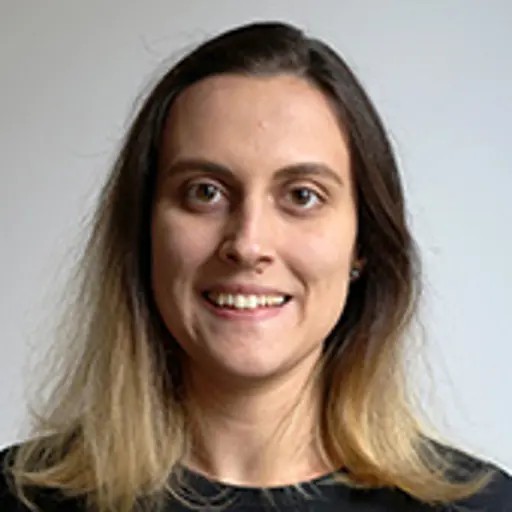
- Doctoral Student, Chemical Biology, Life Sciences

- Doctoral Student, Chemical Biology, Life Sciences
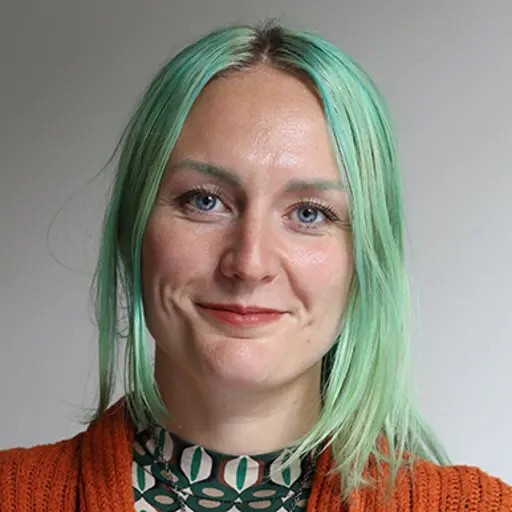
- Doctoral Student, Chemical Biology, Life Sciences
- Doctoral Student, Chemical Biology, Life Sciences
- Doctoral Student, Chemical Biology, Life Sciences
- Doctoral Student, Chemical Biology, Life Sciences
- Doctoral Student, Chemical Biology, Life Sciences

